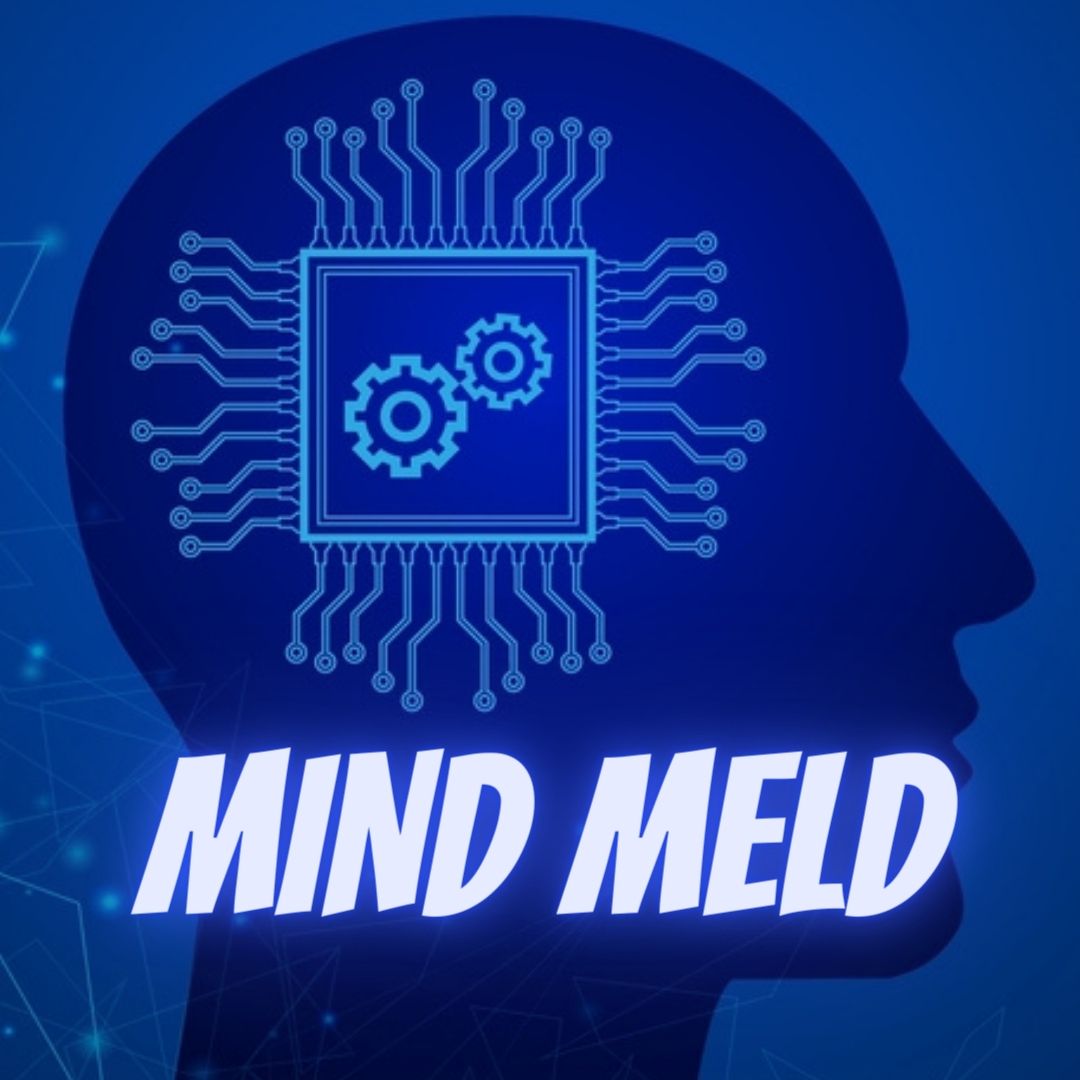What are Wormholes?
Wormholes are one of the most fascinating concepts in physics and science fiction. They are hypothetical structures that connect distant points in spacetime, allowing for faster-than-light travel and time travel. But what are wormholes exactly, how do they work, and are they possible?
The Origin of Wormholes
The idea of wormholes was first proposed by Albert Einstein and Nathan Rosen in 1935 as a way to unify electromagnetism with gravity. They found a special solution to the Einstein field equations, which describe how matter and energy affect the geometry of spacetime. This solution involved two identical black holes connected by a "bridge" or a "throat". They called this structure an Einstein-Rosen bridge.
However, this solution had some problems. First of all, it was unstable: any perturbation would cause the bridge to collapse into a singularity. Second, it was non-traversable: nothing could pass through the bridge from one black hole to another without being destroyed by the extreme gravity and curvature. Third, it was not realistic: there was no physical mechanism to create such a structure.
The Development of Wormholes
In 1957, physicist John Archibald Wheeler coined the term "wormhole" to describe these bridges. He also suggested that wormholes could be quantum fluctuations of spacetime at very small scales. He envisioned that spacetime could be filled with tiny wormholes that constantly appear and disappear.
In 1962, Wheeler and Robert W. Fuller showed that these quantum wormholes would also be unstable. They would pinch off as soon as they formed, preventing any communication or travel through them.
In 1988, physicists Kip Thorne and Michael Morris proposed a way to make wormholes traversable. They imagined adding exotic matter with negative energy density to the throat of the wormhole. This would counteract the gravitational collapse and keep the wormhole open. However, exotic matter is hypothetical and its existence is uncertain.
The Implications of Wormholes
If traversable wormholes exist, they would have profound implications for physics and cosmology. For example:
- Wormholes could allow for faster-than-light travel across the Universe by creating shortcuts in spacetime.
- Wormholes could allow for time travel by creating closed timelike curves (CTCs), which are paths in spacetime that return to their starting point.
- Wormholes could allow for communication with parallel universes or other dimensions by connecting different regions of spacetime.
However, these implications also raise many paradoxes and challenges:
- Faster-than-light travel could violate causality (the principle that cause precedes effect) and create logical contradictions.
- Time travel could violate free will (the ability to choose one's actions) and create causal loops (events that cause themselves).
- Communication with parallel universes or other dimensions could violate conservation laws (the principles that physical quantities remain constant) and create inconsistencies.
These paradoxes and challenges suggest that there may be some fundamental limitations or principles that prevent wormholes from being used in these ways.
The Reality of Wormholes
The existence and nature of wormholes are still open questions in physics. There is no direct observational evidence for wormholes so far. There are also many theoretical difficulties and uncertainties involved in modeling them.
Some possible ways to test for wormholes include:
- Looking for gravitational lensing effects caused by wormholes bending light around them.
- Looking for signatures of exotic matter around potential wormhole candidates.
- Looking for violations of causality or conservation laws due to wormhole interactions.
However, these methods are not conclusive or feasible with current technology.
Therefore, we cannot say for sure whether wormholes exist or not. We can only speculate based on our current understanding of physics and our imagination.
References:
: Einstein A., Rosen N., The Particle Problem in General Relativity Theory Rev Mod Phys 48(1):73–77 (1935)
: Wheeler J.A., Geons Phys Rev 97(2):511–536 (1955)
: Fuller R.W., Wheeler J.A., Causality And Multiply Connected Space-Time Phys Rev 128(3):919–929 (1962)
: Morris M.S., Thorne K.S., Yurtsever U., Wormhole Time Machines And The Weak Energy Condition Phys Rev Lett 61(13):1446–1449 (1988)






Connect With Us